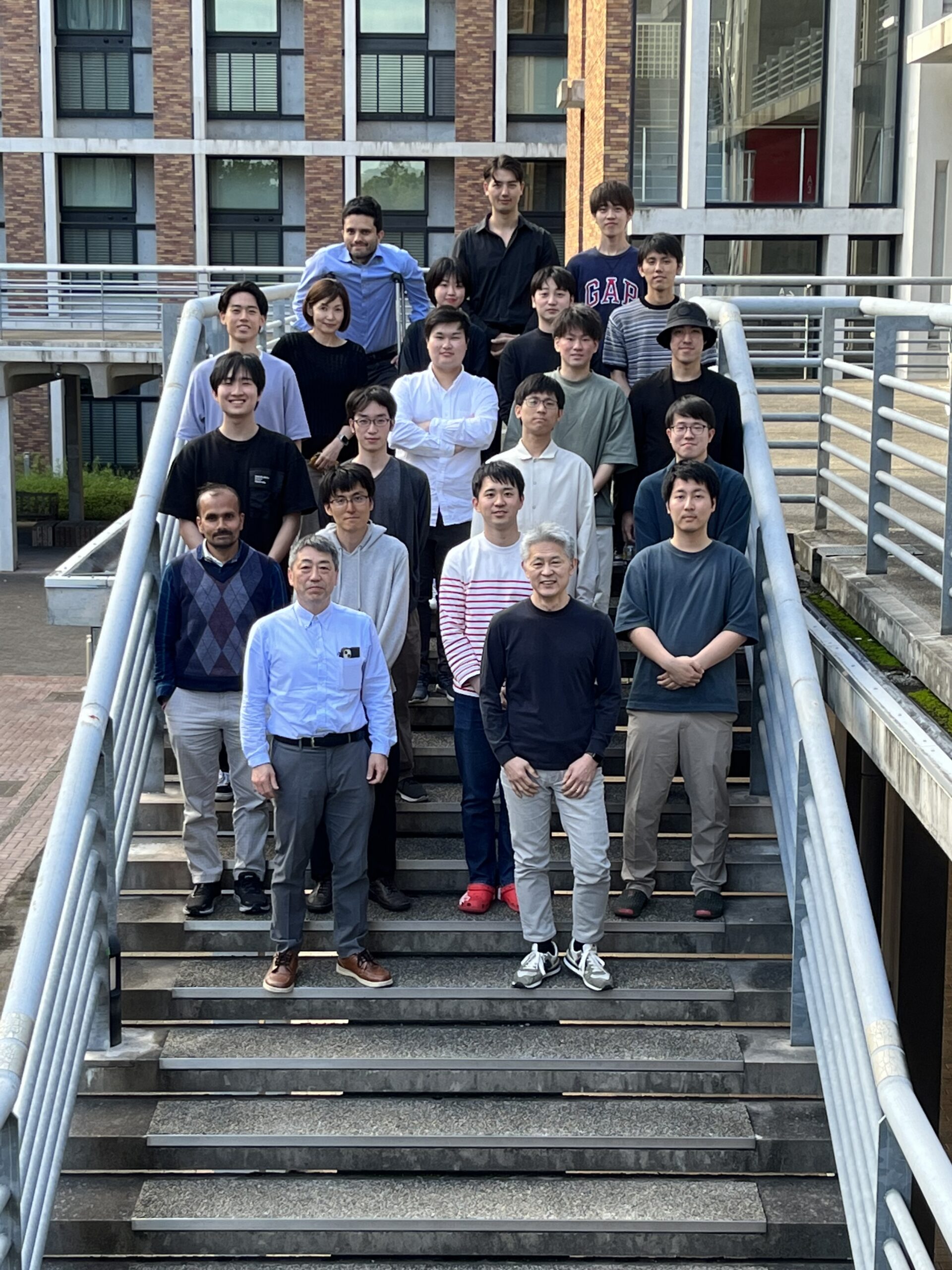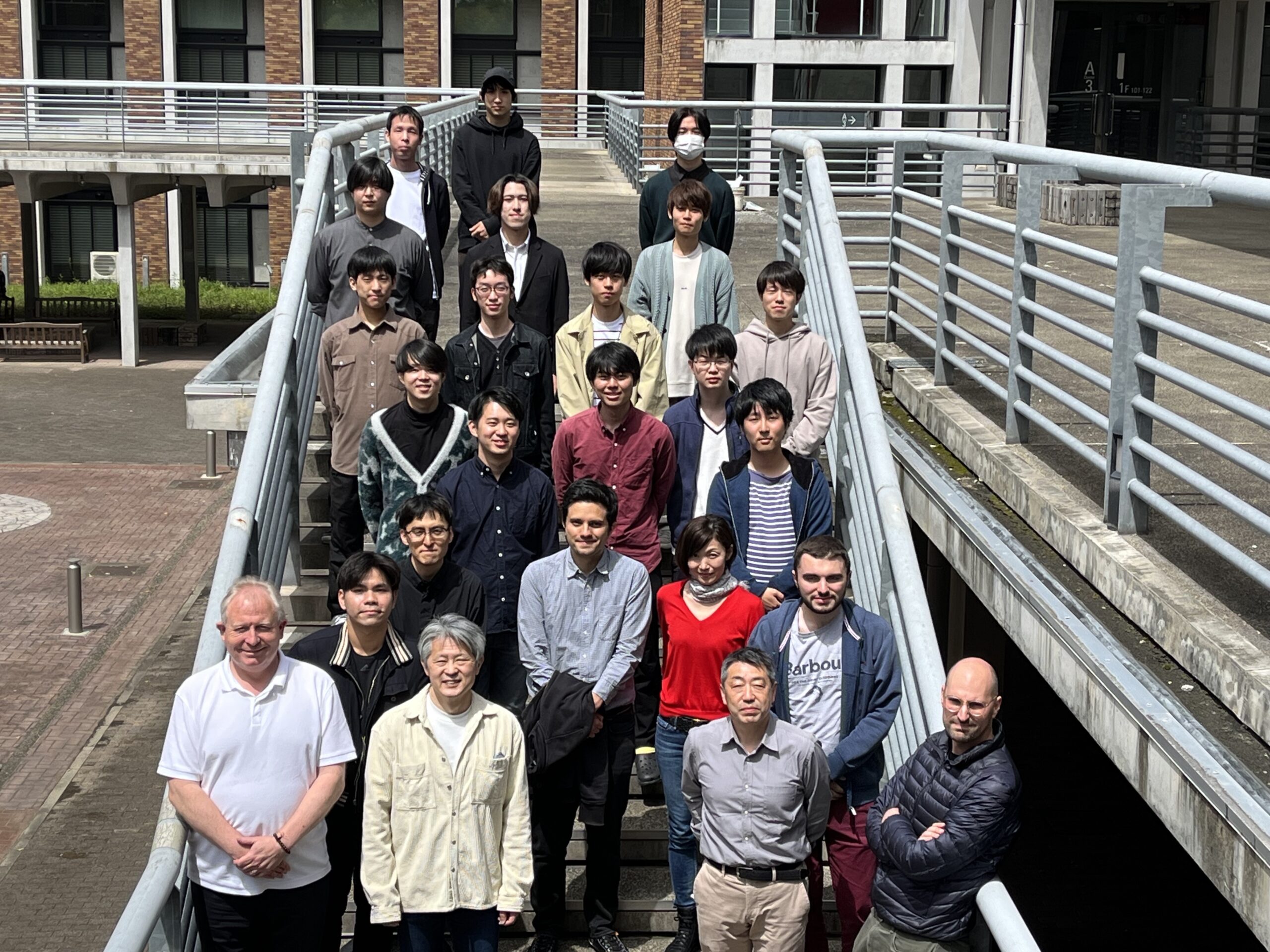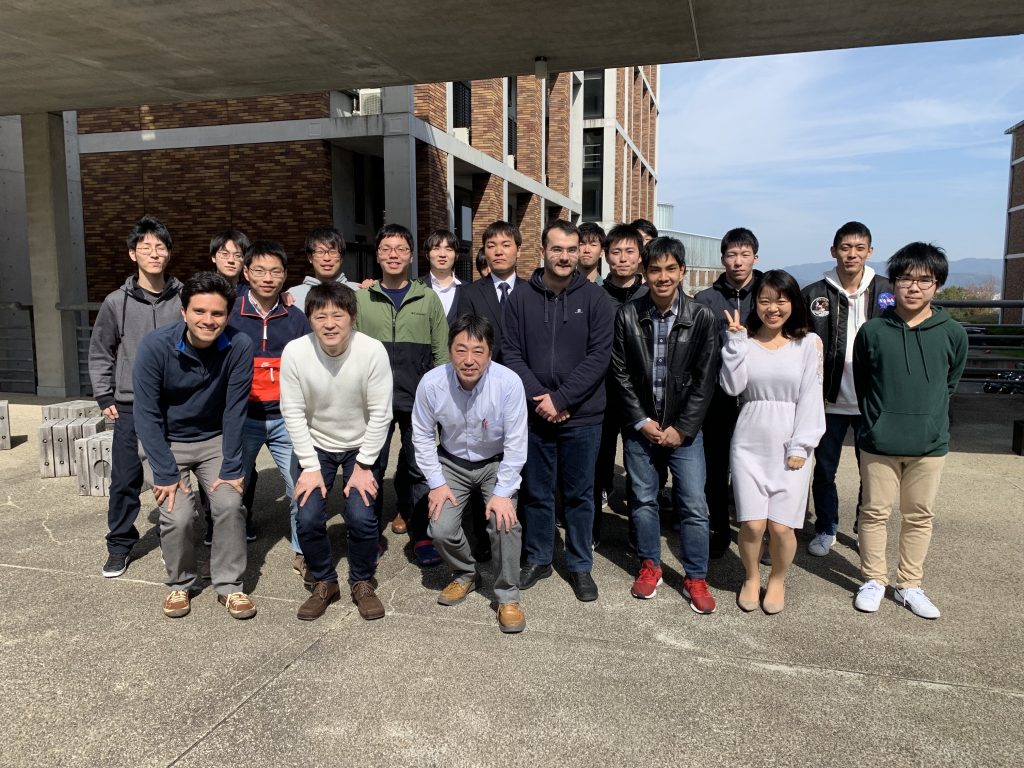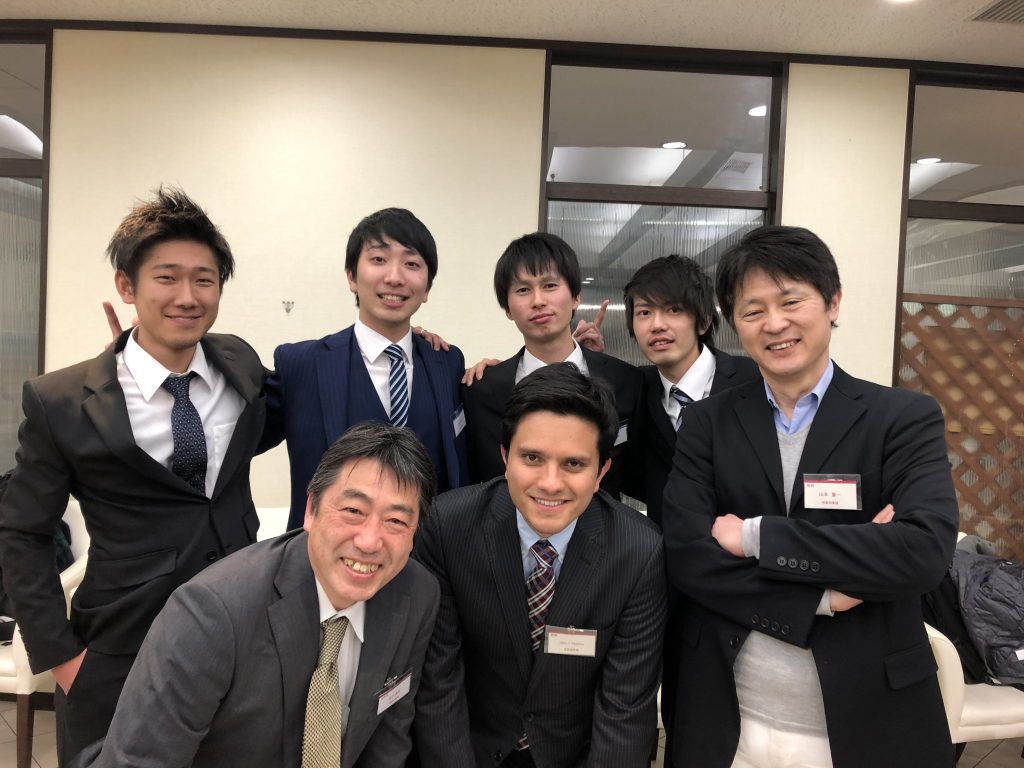Dr. Arnold J.T. Mathijssen, 8 July 2019
Collective functionality in active fluids: Hydrodynamic communication, bacterial active carpets, and ciliary mucus clearance Arnold JTM Mathijssen Stanford University, Dept. of Bioengineering, 443 Via Ortega, Stanford, California, USA amath@stanford.edu The vast majority of life forms make grand achievements through co-operative efforts, by assembling in dense schools, herds, charms, flocks, teams & parliaments, despite the depletion of resources in these crowded and dynamic environments. Such trade-offs occur not only at the organismic scale, but also between individual cells, and even among the molecular motors that constitute these. Here, we will explore some of the biophysical mechanisms that enable this multi-scale organisation. I will first focus on reliable communication in ultra-fast biology, […]
KAPSEL-4.00 released, 1 April 2019
We are happy to announce that KAPSEL4.00 has been released. Please download from below. KAPSEL HP: kapsel-dns.com/ New options for phase separating solvents (implemented by AIST team) New pair potential with Hamaker constant (implemented by AIST team) New options for micro-swimmers with the rotrel term (implemented by KyotoU team)









